The working principle of a BJT (Bipolar Junction Transistor), which makes it a useful thing, is that it amplifies current. Throw a small current in, get a larger current out. The amplification factor is an important parameter of the transistor, and is called \$h_{FE}\$. A general purpose transistor may have an \$h_{FE}\$ of 100, for instance, sometimes higher. Power transistors have to do it with less, like 20 to 30.
So if I inject a 1 mA current in the base of my general purpose NPN transistor I'll get 100 mA of collector current. That's amplification, right? Current amplification.
How about voltage amplification? Well, let's add a couple of resistors. Resistors are cheap, but if you want to make money you can try to sell them expensive by calling them "voltage-to-current converters" :-).

We've added a base resistor, which will cause a base current of
\$ I_B = \dfrac{V_B - 0.7 V}{R_B} \$
And we know that the collector current \$I_C\$ is a factor \$h_{FE}\$ higher, so
\$ I_C = \dfrac{h_{FE} \cdot (V_B - 0.7 V)}{R_B} \$
Resistors are really great things, because next to "voltage-to-current converters" you an also use them as "current-to-voltage converters"! (we can charge even more for them!) Due to Ohm's Law:
\$ V_{RL} = R_L \cdot I_C \$
and since \$V_C = V_{CC} - V_{RL}\$
we get
\$V_C = V_{CC} - R_L \cdot \dfrac{h_{FE} \cdot (V_B - 0.7 V)}{R_B}\$
or
\$V_C = - \dfrac{h_{FE} \cdot R_L}{R_B} \cdot V_B + \left(\dfrac{h_{FE} \cdot R_L}{R_B} \cdot 0.7 V + V_{CC}\right)\$
The term between the brackets is a constant which we're not interested in at the moment. The first term shows that \$V_C\$ is \$V_B\$ multiplied by some factor depending on three constants. Let's use concrete values: 100 for \$h_{FE}\$, 10 kΩ for \$R_B\$ and 1 kΩ for \$R_C\$. Then (again ignoring the constant factor)
\$V_C = - \dfrac{h_{FE} \cdot R_L}{R_B} \cdot V_B = - \dfrac{100 \cdot 1k\Omega}{10 k\Omega} \cdot V_B = - 10 \cdot V_B \$
So the output voltage is 10 times the input voltage plus a constant bias. Looks like we can use the transistor for voltage amplification as well.



